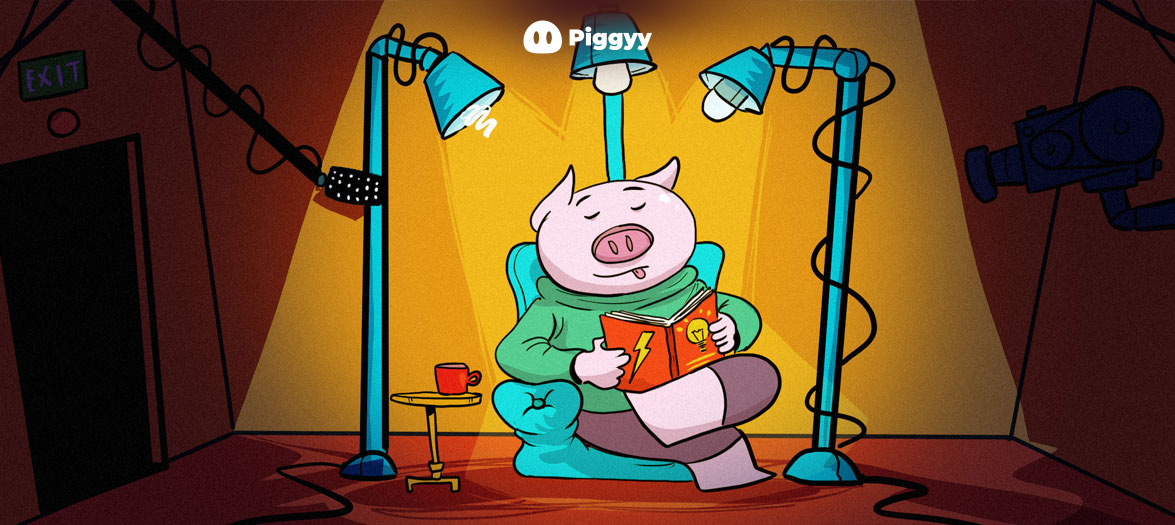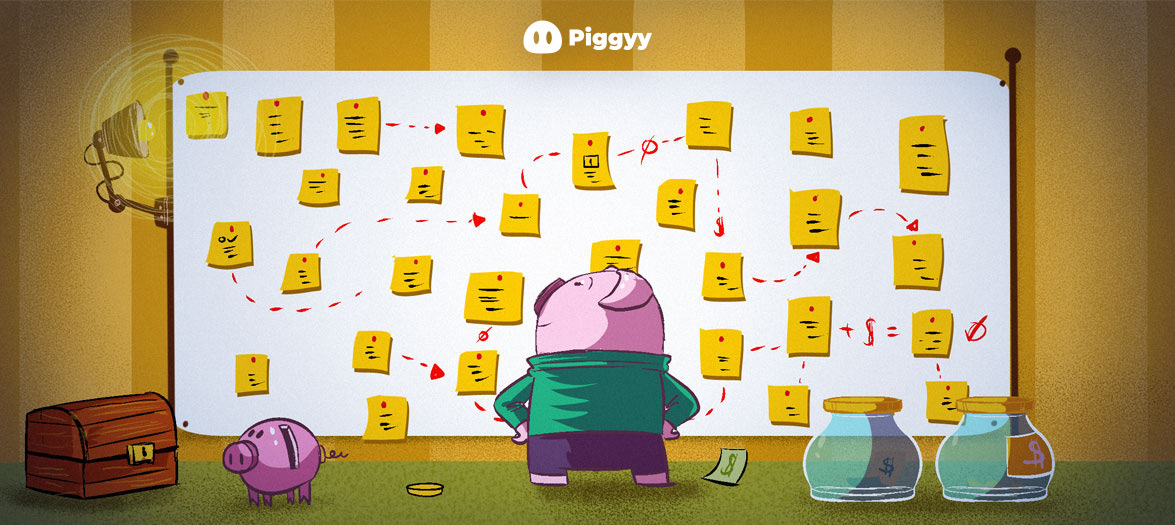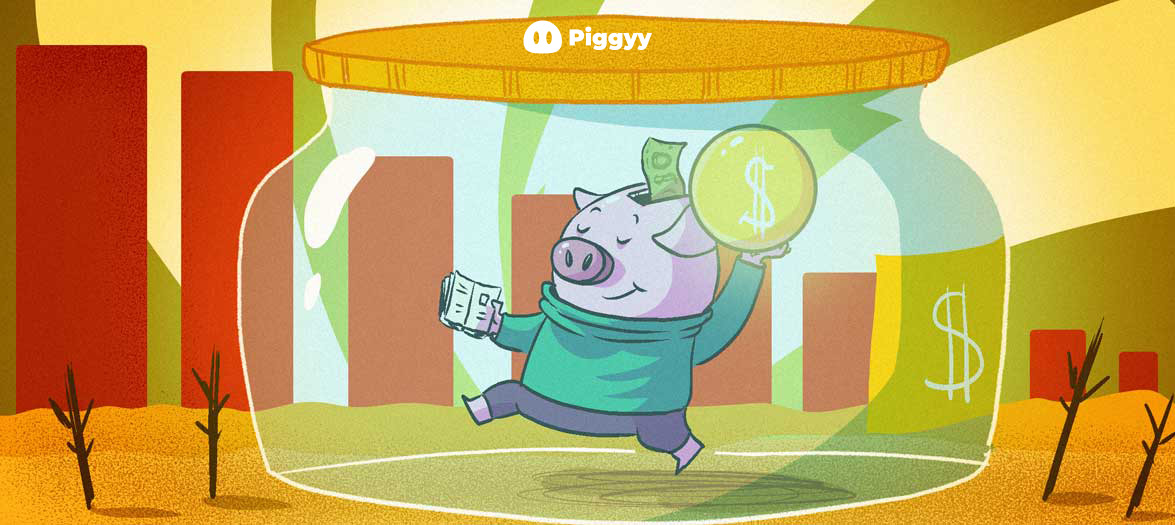We probably do not think about the type of lights we use in our house as they contribute minimally to our electricity bill, but if you examine closer, all these costs add up too. It may seem trivial to replace our one-dollar bulb with a four-dollar LED kind. After all, lighting usually accounts for about 13% of our household electricity usage. However, switching to these can decrease your energy costs from 25% to 80% over time.
What are the different kinds of light bulbs?
LEDs (Light-Emitting Diodes)
LED is short for light-emitting diodes. LED light bulbs are energy-efficient as they can convert 80% up to 90% of their energy to produce light, compared to incandescent bulbs, which convert only 20% of energy to make light. LED lighting works as a semiconductor device with an electrical current passing through a microchip. Miniature light sources, the LEDs, are lit up, and the outcome is visible light. The process is energy efficient as little electricity is wasted.
CFLs (Compact Fluorescent Lights)
CFL stands for compact fluorescent lights. CFL lights function similarly to linear fluorescent lamps. Both depend on the gaseous chemical reactions within the tube to produce light. For example, a CFL folded tube has argon and mercury vapor while inside is covered in fluorescent paint. An electrical current from the internal ballast system is sent through the tube to excite the gases, and in effect, ultraviolet light is produced. The fluorescent paint absorbs the UV rays and radiates visible light.
Incandescent
The incandescent light bulb is the typical classic light bulb. It emits light by utilizing the electric current to heat the wire filament to a temperature resulting in visible light. The metal wire is encased in a translucent glass bulb which contains either a vacuum or inert gas to prevent the filament from evaporating.
Which is better: LEDs vs. CFLs vs. Incandescent?
Lumen & Wattage
Lumen (denoted by lm) is the measurement of visible light to the human eye from a light source. The higher the lumen rating, the brighter the light source will appear. On the other hand, Wattage is a measurement of electrical power consumption. Incandescent light bulbs demanded more electricity to produce more visible light, with 80-90% of wasted electricity not directly contributing to light emission; ergo, wattage was the standard of measurement to determine brightness. However, with LEDs and CFLs in the picture, wattage becomes an outdated measurement as both require lower wattage to emit brighter light. As a result, the lumen is now used to measure brightness. In addition, LEDs and CFLs are more energy-efficient because they have higher lumens with low wattage than incandescent bulbs, which have high wattage but lower lumens.
To illustrate the energy efficiency of each type of bulb, we made a table comparing the required wattage of each bulb to produce a particular level of brightness:
| Lumens | LEDs (Watts) | CFLs (Watts) | Incandescent (Watts) |
| 450 | 4-5 | 9-13 | 40 |
| 800 | 6-8 | 13-15 | 60 |
| 1,100 | 9-13 | 18-25 | 75 |
| 1,600 | 16-20 | 23-30 | 100 |
| 2,600 | 25-28 | 30-55 | 150 |
LEDs are clearly the winner when it comes to lumens and wattage comparison. At the minimum, LEDs consume the least amount of electricity compared to CFLs which need twice the electricity, and incandescent bulbs, which need 10x more electricity. LEDs still take the lead with minor power consumption at higher lumen ratings. CFLs are closing in a little but still need twice the electrical amount, and incandescent bulbs are lagging, requiring 6x more power than an average LED.
Lifespan
The lifespan of a bulb measures the amount of time it emits visible light before burning out or breaking down. Incandescent bulbs, cheap as they come, have the shortest lifespan of them all, with only 1,200 hours on their belt. The tungsten filament inside these bulbs becomes fragile and wears off over time from the heat-producing light. Dimmer switches can marginally lengthen its lifespan and possibly lower electrical consumption. Additionally, these bulbs are sensitive to vibrations such as noise, shocks, loud machines, or slamming doors. There are vibration-resistant incandescent light bulbs or rough service light bulbs, but at the most, they can offer twice the lifespan of a regular incandescent bulb.
CFL bulbs have a lifespan of 8,000 hours. Though they last longer than incandescent bulbs, they require certain conditions to ensure their longevity. CFLs emit 70-80% of their light output by the end of their projected lifespan. In addition, when they are used in less than ideal conditions, CFLs run the risk of lasting as long as an incandescent bulbs. For example, using a high wattage CFL in an enclosed fixture can result in overheating and shorten the bulb’s lifespan to only 70%. CFLs also do not work well as outdoor lighting because they are sensitive to low temperature and humidity. Next, CFLs do not function well when constantly turning on and off. Lastly, the ideal placement for CFL bulbs is installing them either sideways or upwards (like a floor lamp). Because the ballast tends to overheat when it is above the bulb, and heat regularly flows towards it.
Last but not least, LEDs win by a landslide with a lifespan of 25,000 hours (Some brands even claim to last up to 50,000 hours!). LEDs are less sensitive to shocks, vibrations, and low temperatures. However, they also require optimal light bulb orientation like CFLs to ensure longevity. It is best to install them sideways or upwards (light facing up) to prevent overheating its electronics.
Here’s a comparison of the average lifespan of the three bulbs:
| Average Lifespan | LEDs | CFLs | Incandescent |
| 25,000 hours | 8,000 hours | 1,200 hours |
LEDs win in the lifespan category lasting 3-6x more than CFLs and 20x more than incandescent bulbs. They are the least sensitive to shocks, vibrations, and low temperatures, decreasing their susceptibility to a shorter lifespan. With proper orientation and installation, LEDs are durable and long-lasting.
Cost
Incandescent bulbs may appear to be the winner, at just $1 per bulb versus CFL bulbs, which cost twice as much at $2, and LED bulbs that cost 4x more at $4. However, we learned earlier that incandescent bulbs use more electricity and have a shorter lifespan. So for this round, we will let incandescent bulbs take the crown but check out our study on cost-effectiveness to find out the actual costs of using incandescent bulbs in the long run:
| Initial Cost | LEDs | CFLs | Incandescent |
| $4 or less | $2 | $1 |
Temperature
Color temperature describes the warmth or coolness of light emitted by bulbs. It is measured on a temperature scale called Kelvin (K) and typically ranges from 2,700 to 6,500. A Low Kelvin rating refers to warm yellowish light, while a high Kelvin rating refers to cool bluish light. These lighting gradients suit different types of spaces.
- Soft white (2700 – 3000K) – yellowish light best suited for bedroom and living room
- Warm white (3000 – 4000K) – yellowish-white light best suited for kitchen, bedroom, and bathroom
- Bright white (4000 – 5000K) – bluish-white light best suited for kitchen and bathroom
- Daylight (5000 – 6500K) – bluish light best suited for kitchen and office spaces
All three types of light bulbs carry the full range of color temperatures suited to different kinds of living and working spaces. It’s a draw for this category.
Cost-effectiveness
The cost-effectiveness of each type of bulb considers its lifespan and initial cost. While the upfront cost of an incandescent bulb is cheap, the prices of replacing the bulb pile up in the long run because of its short lifespan. The same goes for CFLs. While they are more affordable, they have a shorter lifespan than LEDs. LEDs can outlast CFLs as long as they are installed and mounted at optimal orientation. Consider our comparative table below.
| Cost-Effectiveness | LEDs | CFLs | Incandescent |
| Average cost per bulb | $4 or less | $2 | $1 |
| Lifespan | 25,000 hours | 8,000 hours | 1,200 hours |
| Bulbs required for 25,000 hours | 1 | 3 | 21 |
| The total cost price of bulbs in 25,000-hour usage | $4 | $6 | $21 |
Based on the chart, LEDs win hands down. In a span of 25,000 hours or an estimated 20 years, it will cost only $4 to use LED lighting while CFLs are 1.5x more expensive at $6 and incandescent bulbs, 5.25x more costly at $21. At the onset, it may seem like you are saving a dollar or two, but the costs will accumulate over time.
Energy efficiency
To examine the energy efficiency of each bulb, let us look at their wattage and related electricity costs during a 20-year usage period or 25,000 hours. As we have learned, wattage is the energy consumption of a light bulb. For illustration purposes, we have pegged the electricity cost at $0.15/kWh and used a 60W incandescent bulb as the benchmark.
Since electricity costs are measured in kilowatts, we have to convert the watts to kilowatts first. For the incandescent bulb, 60W is 0.06kW. For CFL, 14W is 0.014kW and for LED, 7W is 0.007kW. Then we multiply it by 25,000 hours to get the total kWh consumption and multiply it by $0.15 to get the total electricity cost per bulb. For example:
0.06kW x 25,000 hours = 1,500 kWh usage (in 10 years)
1,500 kWh x $0.15/kWh = $225 (electricity cost in 10 years)
See the table below for the comparison among bulbs.
| Energy efficiency | LEDs | CFLs | Incandescent |
| Watts used | 7W | 14W | 60W |
| Electricity costs (25,000 hours at $0.15/kWh) | $26.25 or $1.31/year | $52.5 or $2.63/year | $225 or $11.25/year |
Looking at the chart, LEDs undoubtedly win overall in the long haul. With energy consumption at its lowest, LEDs are the energy-efficient choice for light bulbs at $26.25 in electricity costs in a span of 20 years. If you use CFLs, you will be spending double on your electricity bill at $52.5 in 20 years. In addition, incandescent bulbs have become a thing of the past, with a staggering cost of $225. It’s almost 10x the amount you will spend compared to using an LED light bulb.
Further Comparisons: LEDs vs. CFLs vs. Incandescent
Conclusion
LEDs are the top-notch choice for energy-efficient and environmentally-friendly lighting. They consume less power and give brighter visible light. They last longer, and they cost you less over time. They may have some disadvantages with dimmer incompatibility, but creative solutions may be at hand with our rapid-evolving technology.
Moreover, the popular mainstream use of LEDs by 2027 could save about 348 TWh of electricity which is the equivalent of the annual electric output of 44 electric plants (at 1000 megawatts each). Again, it’s the little things that add up. These small changes teach us that switching preferences lead to incremental accumulated wins on our pocket and our environment.




